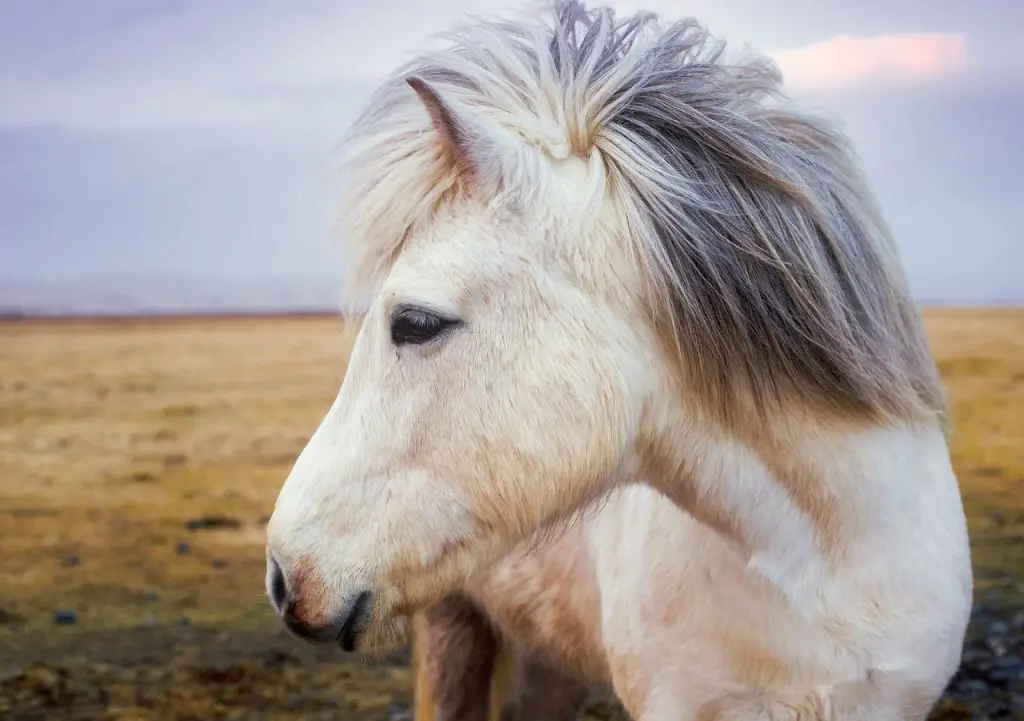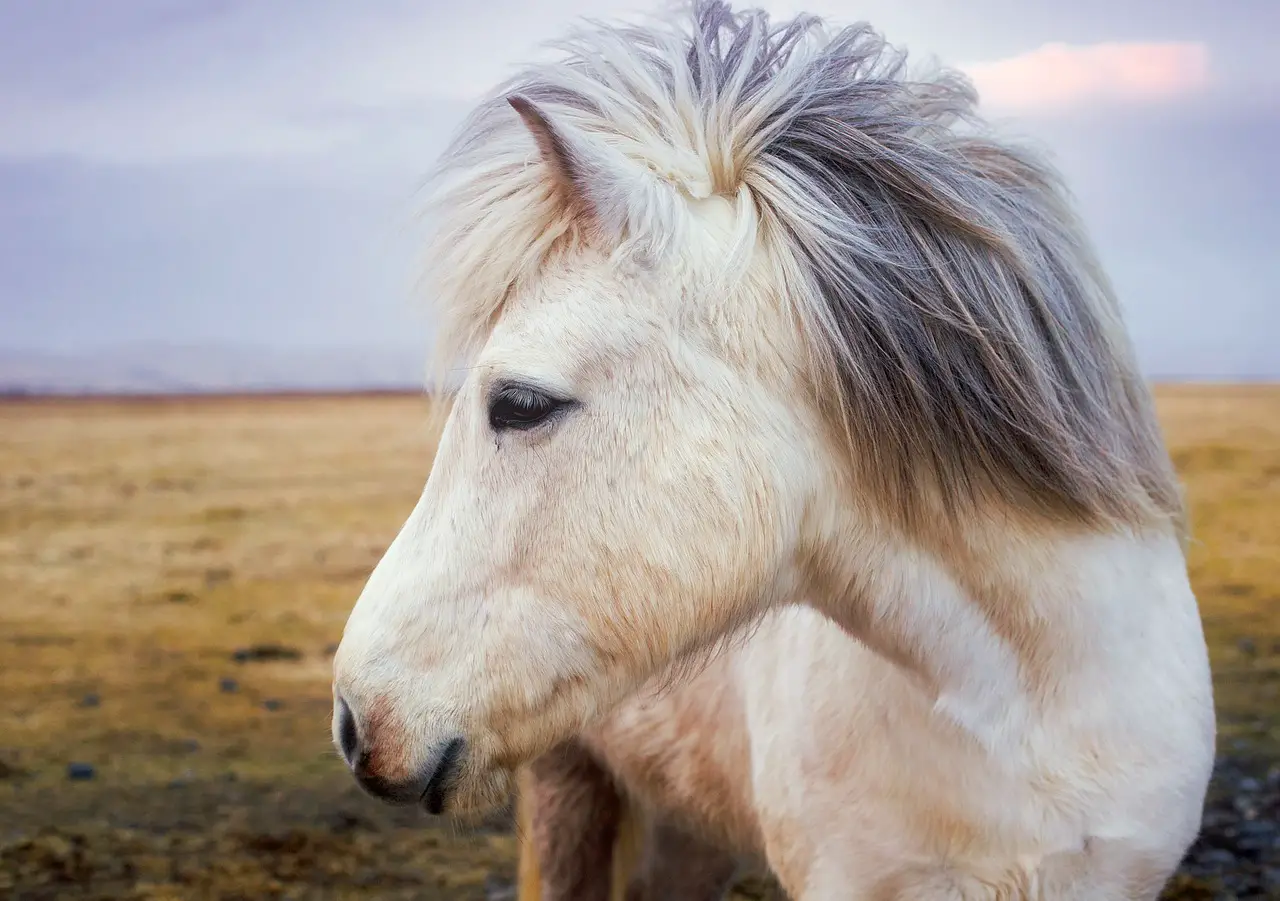Last Updated on March 2, 2022 by Allison Price
We expose our horses to many colors in our daily activities with them. Each horse has its own frequency, energy vibration, and healing properties. A horse’s well-being and health can be affected by color therapy.
What is color therapy?
Color therapy is an ancient method of healing that has roots in India and Egypt. The term originally meant treatment with colored light. However, there are many other ways to heal with color.

It is essential to understand the energy field of horses in order to fully appreciate how it functions and on what levels. A horse has more than just a visible body. He also has many energy bodies. These include the emotional, mental, and etheric. The vibration of color is activated at each level.
Six ways to heal using color
1. Shining light
Simply shine a suitable colored light in the direction you want to heal the area or towards the horse. You can also shine regular light bulbs through a theatrical gel if you don’t own a colored bulb. It may require some creativity to set this up but it will be worth it.
It is important to not shine colored light directly into the eyes or force horses to look through color gels. This can cause a strong reaction, such as headaches, sharp pain in their eyes or emotional reactions. You should not keep him in a small stall where he cannot escape the light. It is best to stay with your horse until you feel confident in his response.
2. Solarize your water
Place some horse’s regular water in a large glass container or bowl. Set the appropriate color gel over it and let it dry in the sun for several hours. Wrap a color gel around a bottle of glass, or place the water inside a colored glass receptacle that is exposed to the sun. The water will be infused with the healing vibrations of the color by being exposed to sunlight. You can then give it as a water drop or to your horse’s drinking water.
Color essences can also be purchased. These essences are very similar to flower essences but have the vibrational frequency associated with colors. These essences are prepared in the same manner as above but come pre-bottled and ready for use. Add about ten drops of the oil to your horse’s drinking water.
3. Dressing your horse
Be mindful of the colors you’re introducing when choosing tack or riding apparel.
Colors of halters and lead shanks can have an effect on performance. It is important to choose the right colors based on your training goals and desired outcomes. Your horses may need to be able to function at their best, but others might require more energy and focus. Your riding attire is important as well. Any hues that are added to the mix can have an effect on horse and rider.
4. Color him!
Your horse’s mood can also be affected by the colors you choose to paint his stall, interiors of his stall, horse trailers, and indoor arenas. A soothing color like green or blue can help calm a nervous or anxious horse. Red is a good choice for a low-energy, unrounded horse.
5. Colorpuncture
This is a relatively recent healing method. Concentrating colored light pens (also known as aculight tools) on different body points (both acupuncture, and other) creates powerful healing impulses within the physical and emotional bodies. This system was created by Peter Mandel, a German scientist and naturopath who spent over 25 years researching the subject. Each light transmits information to horses in a different way than other forms of color therapy. This modality requires that you find a qualified practitioner who has the right equipment and training.
6. Chakra colors
Color therapy can also be done using the colors associated with the chakras. Chakras allow horses to access energy vortices and portals within their energy bodies that enable them to receive, assimilate, and express life force energy. You can either choose the closest chakra to your problem area or explore the relationship between chakras. You can use each chakra and its associated color to improve your general well-being.
Color therapy may be the solution to your problem behavior, emotional issues, or physical ailments. Remember that your dog knows you best and will choose the right color for you. You will never be wrong if you listen to your gut.
Please note that color therapy cannot replace good veterinary care but it can be an excellent adjunct. For any questions you might have regarding your horse, please consult your veterinarian.



